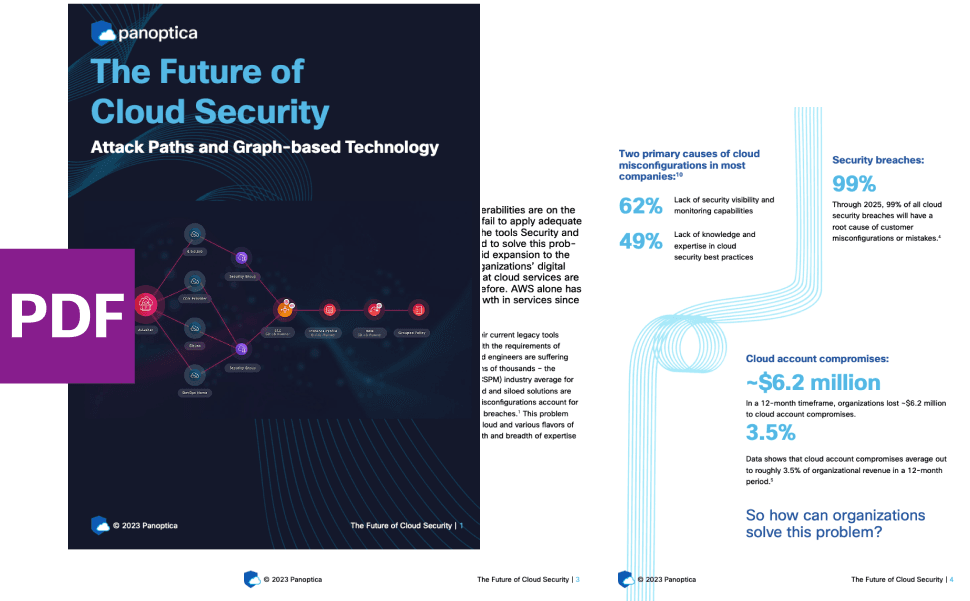Published on 00/00/0000
Last updated on 00/00/0000
Published on 00/00/0000
Last updated on 00/00/0000
Share
Share
IN-DEPTH TECH
2 min read

Share

Welcome to the first post in a multi-part series on OpenTelemetry (OTel)!
In this multi-part series, we will tackle the following topics:
Once we complete some of the Getting Started blogs shown above, we will have a solid foundation for working with the basics of OTel with tracing. We will then expand into deploying OTel with metrics and logging. We will also learn the different methods for instrumenting an application.
Next, we will dig into OTel use cases and even get into some gnarly topics like OTel Collector-specific design and configuration (deployment modes, scale, etc.)
But, before we get started on the how-to stuff, you will need to understand the basics of OTel, and there is no better place than the OpenTelemetry project site. All of the info you need to understand why you should care about OTel, how to get involved, and what the architecture and components look like is at https://opentelemetry.io/
Here are a few of my recommendations to get you going. I suggest you read through the docs in this order:
Shannon McFarland is a Distinguished Engineer and open-source advocate in Cisco’s Emerging Technology & Incubation organization. You can follow him on Twitter @eyepv6.


Get emerging insights on emerging technology straight to your inbox.
Outshift is leading the way in building an open, interoperable, agent-first, quantum-safe infrastructure for the future of artificial intelligence.

* No email required

The Shift is Outshift’s exclusive newsletter.
Get the latest news and updates on generative AI, quantum computing, and other groundbreaking innovations shaping the future of technology.
